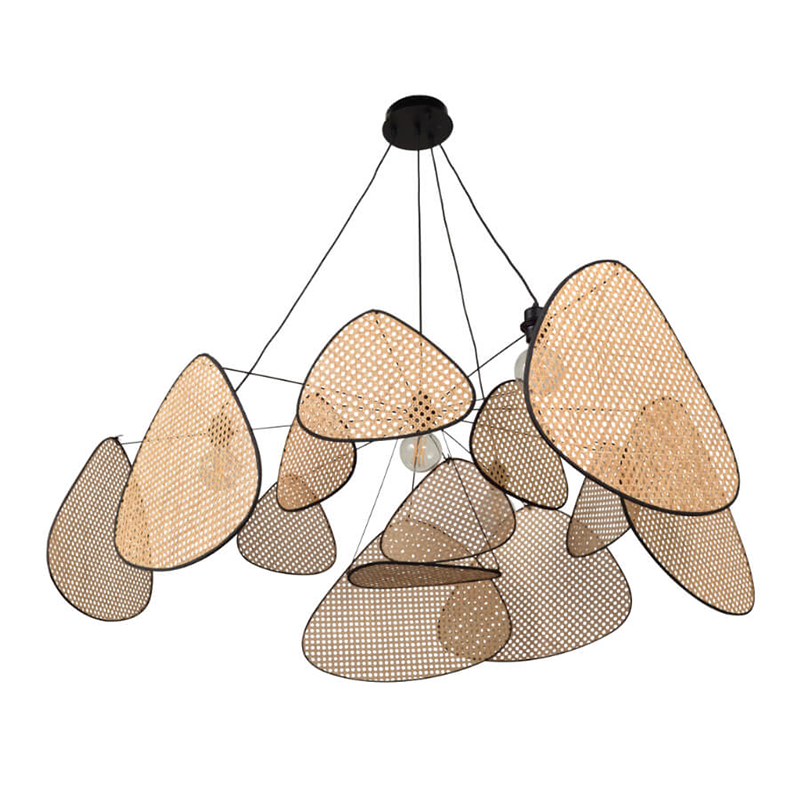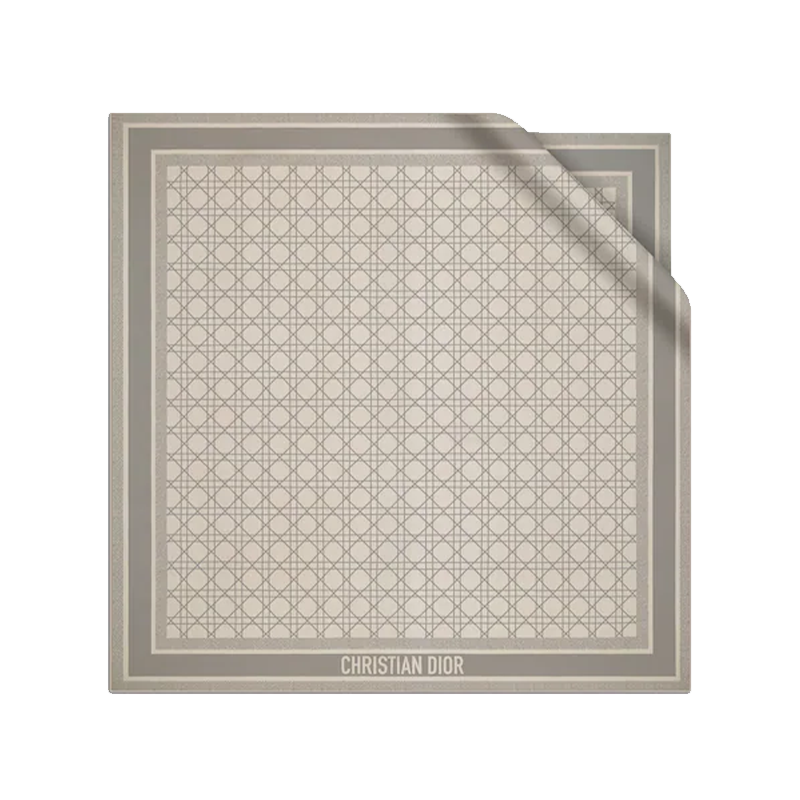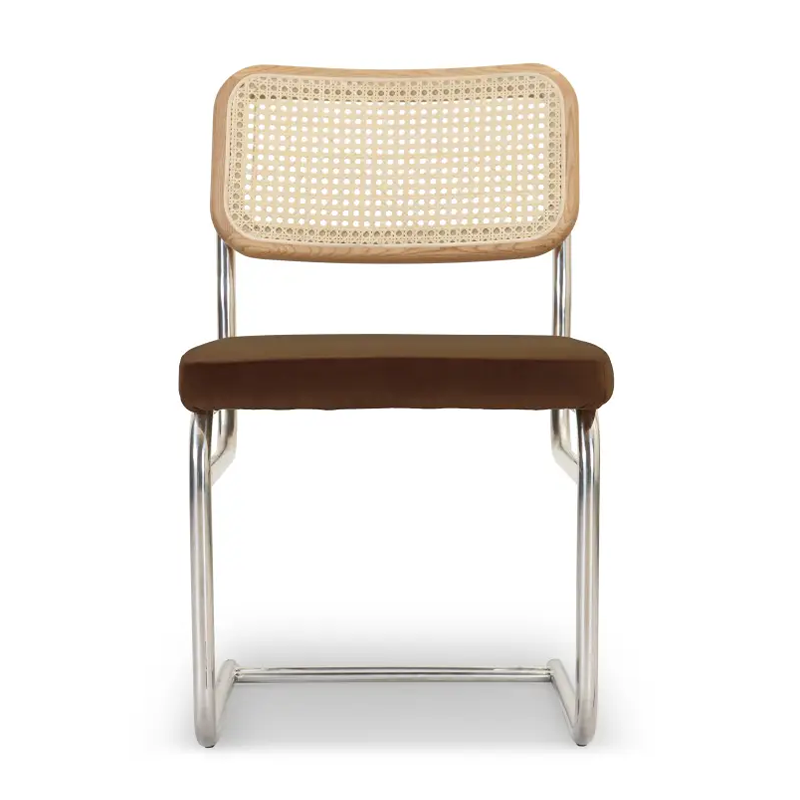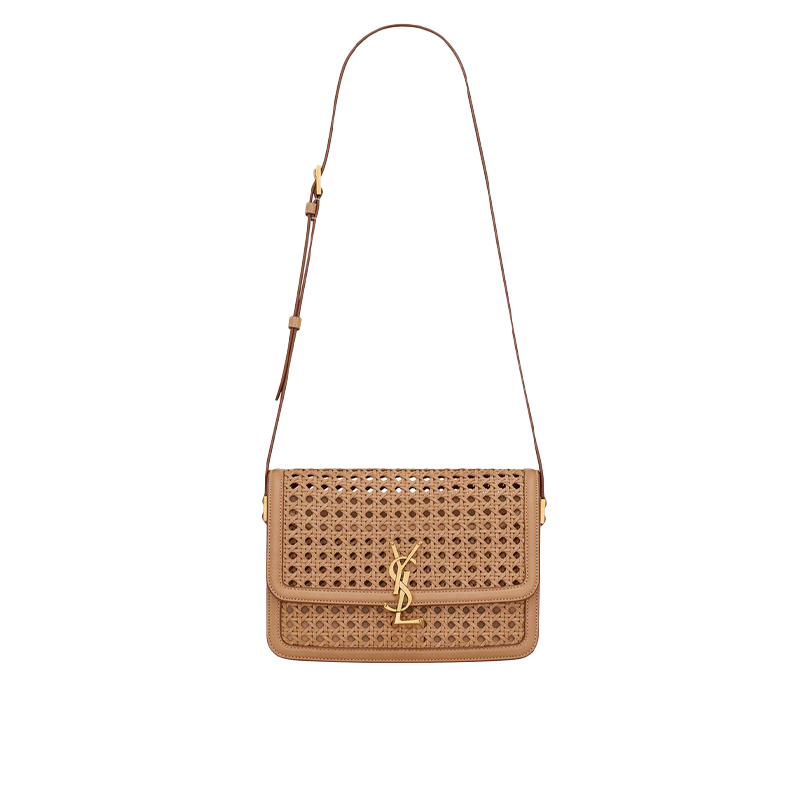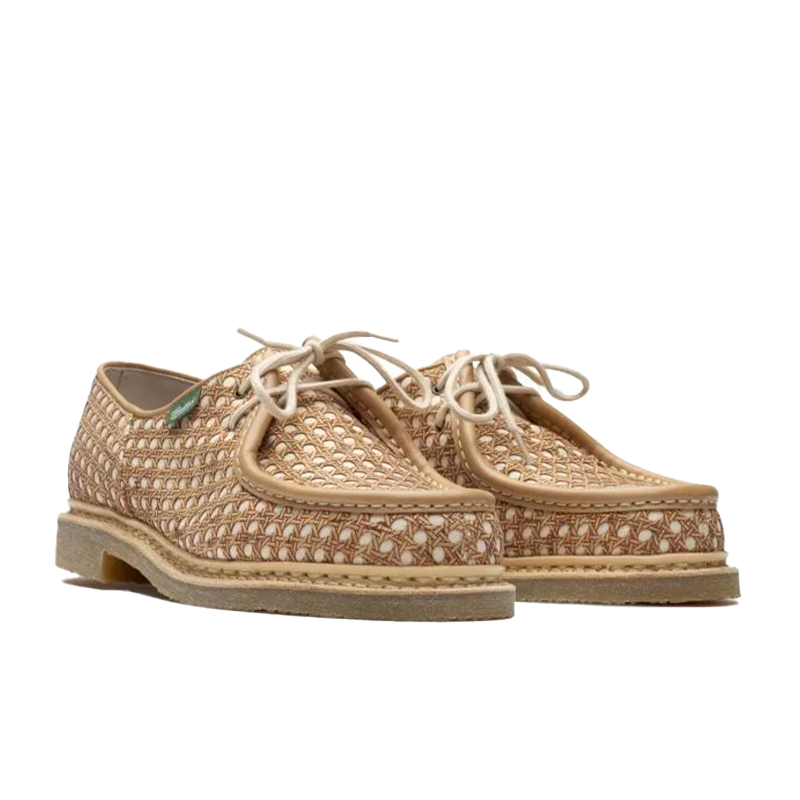Caning is a weaving technique that consists of weaving natural and / or synthetic fibers in a frame, its origin dates back to antiquity, many people would have used to weave baskets and create furniture. The technique of caning spread in Europe in the 19th century to be used in the creation of modern furniture. We see the rise of caning from the 1820s, which became very popular in the 1940s, and revisited today to create elegant and durable furniture. Some fashion designers have followed the lead of decorators to print a cane pattern on fashion pieces or accessories, the cane is declined to the liking of desires to leave a touch ultra chic.
In decoration
Caning adds a touch of sophistication and style to our interiors. It is used to embellish furniture, from sideboards to hanging lamps to headboards and chairs. It can be paired with a variety of modern materials, such as velvet, metal or copper, for a retro or contemporary inspired look. Caning works well with many colors, from black and white to pastel shades, green, red and blue. The combination of cane with light and pastel tones, such as powder pink, is particularly appreciated for a soft and poetic decoration.
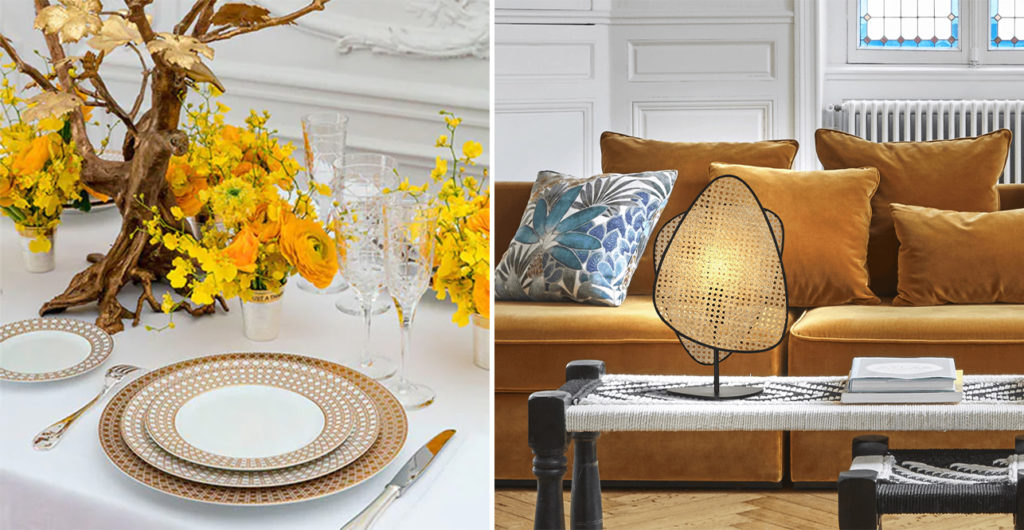
Mode
We find the caning inspiration on some fashion outfits and accessories. On the fashion side with an ultra sexy net effect to let glimpse the skin, while for accessories it is the elegant and old-fashioned aspect of caning that we can put forward. Caning finds its letters of nobility by inviting itself on fabrics or leathers to be considered as definitely contemporary.


